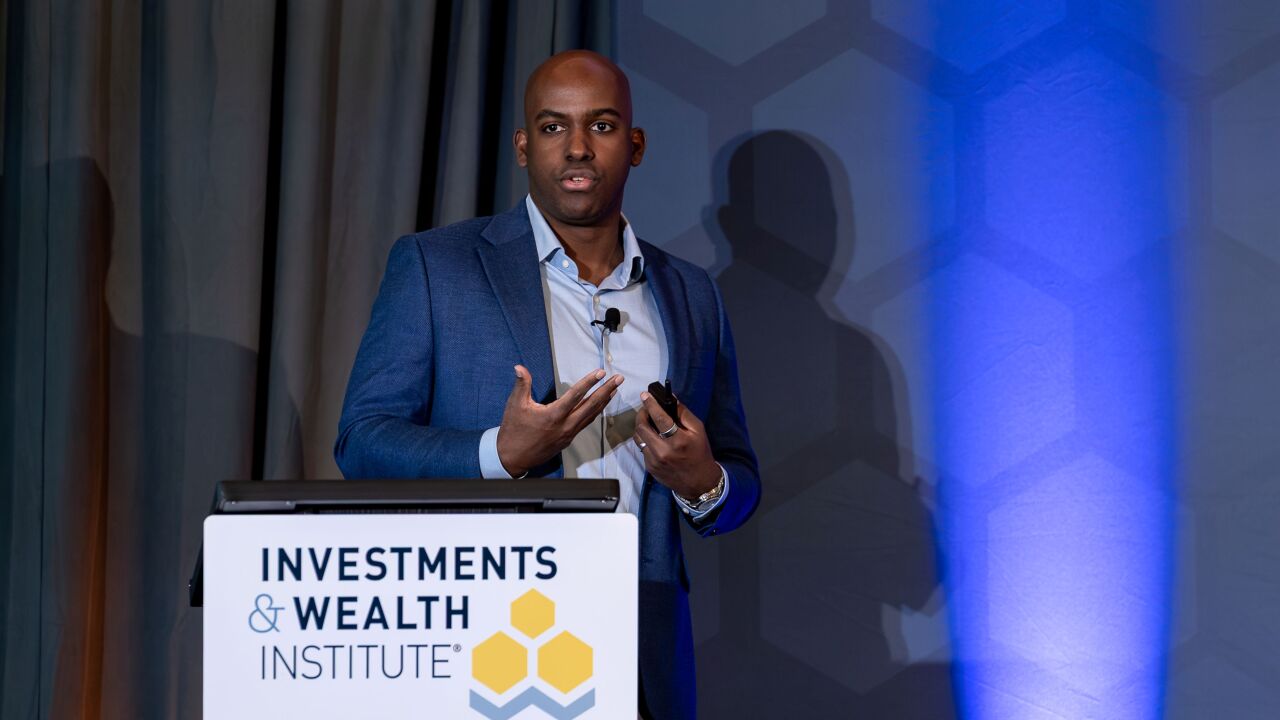U.S. public pensions posted their weakest performance in three years, falling a percentage point short of their investment targets, and the prospect of rock-bottom interest rates and a trade-war induced recession could put a greater strain on state and city retirement plans.
The median U.S. public pension returned 6.2% in the fiscal year ending in June 30 after paying fees to investment managers, according to Norwalk, Connecticut-based InvestmentMetrics, which provides analytics to institutional investors. Pensions assume a median annual investment return of 7.3% to cover promised benefits.
“The market is challenged,” said Farouki Majeed, chief investment officer of the $14.7 billion School Employees Retirement System of Ohio, which returned 6.6%, short of its assumed 7.5% return. Over a 10-year period, the fund has returned an annualized 9.4%. “We certainly don’t expect that over the next 10 years.”

The Ohio pension, like other government retirement systems, have increased their allocations to riskier investments in stocks and private equity as a decades-long decline in interest rates and slow global economic growth made it harder for them to meet long term targets.
This has exposed them to greater volatility even as they try to climb out of a hole that’s left them with between $1.6 trillion and $4 trillion less than they need to cover all the benefits that have been promised, depending on the interest rate used to value liabilities.
That gap could get even bigger if U.S. Treasury yields, already close to all-time lows, fall further because of an escalating U.S.-China trade war or the spread of economic stagnation from Japan to Europe.
-
The funded ratio for defined benefit plans at Fortune 1,000 firms rose to 83% at the end of 2017, a new report says.
January 3 -
Clients ask: "Will I run out of money?" Here’s how planners can confidently tell them "no." Like every approach, however, there are a few drawbacks.
December 18 -
Small-business owners can win when advisers use a stacked-pension approach to 401(k) planning.
August 29
“Global economic growth estimates have been steadily coming down for the next few years. That’s a concern,” Majeed said. “I would put trade and currency wars as more of a near term risk.”
State and local pensions’ average allocations to stocks and alternative investments, like private equity and real estate, increased to 77% of their assets in 2017 from 67% in 2001 while fixed income and cash declined to 23% from 33%, according to Boston College’s Center for Retirement Research. Ohio’s school pension has 75% of assets in stocks and alternatives.
The stepped up investments in public and private equity has exposed pensions to market swings. Government retirement funds lost 7.5% in the fourth quarter of 2018 as stock markets swooned as higher interest rates weighed on investor sentiment. Stocks rebounded in the first quarter when Fed officials signaled they wouldn’t raise interest rates this year.
Although many underperformed the broader market, just over half posted double-digit gains.
To be sure, last year’s below target returns won’t cause an unexpected spike in government pension contributions. Most retirement systems’ “smooth” the actuarial value of their assets, allowing pensions to recognize investment gains or losses over several years, dampening contribution volatility.
The median U.S. pension returned 7.7% after fees in fiscal 2018 and 11.9% in fiscal 2017, according to InvestmentMetrics. Over 20 years, the median public pension returned 5.7% annually after fees.
“There was some unexpectedly good performance that hasn’t yet fully been baked into contributions for the past couple years. That’s going to offset this a little bit,” said Tom Aaron, a Moody’s Investors Service analyst.
The sustained period of low interest rates since the financial crisis has led many public pensions to re-evaluate their long-term expected returns. State and local pensions have reduced their average investment returns to 7.3% from about 8% in 2010. Ohio’s school employee pension is considering lowering its 7.5% assumed rate, Majeed said.
Still, interest rates have fallen more, with rates on 10-year Treasuries declining to 1.7%.
“If you’ve got a funding strategy predicted on earning 7% per year, with very low market interest rates, that’s going to require moves into higher return, but higher risk, types of asset classes,” Aaron said.






